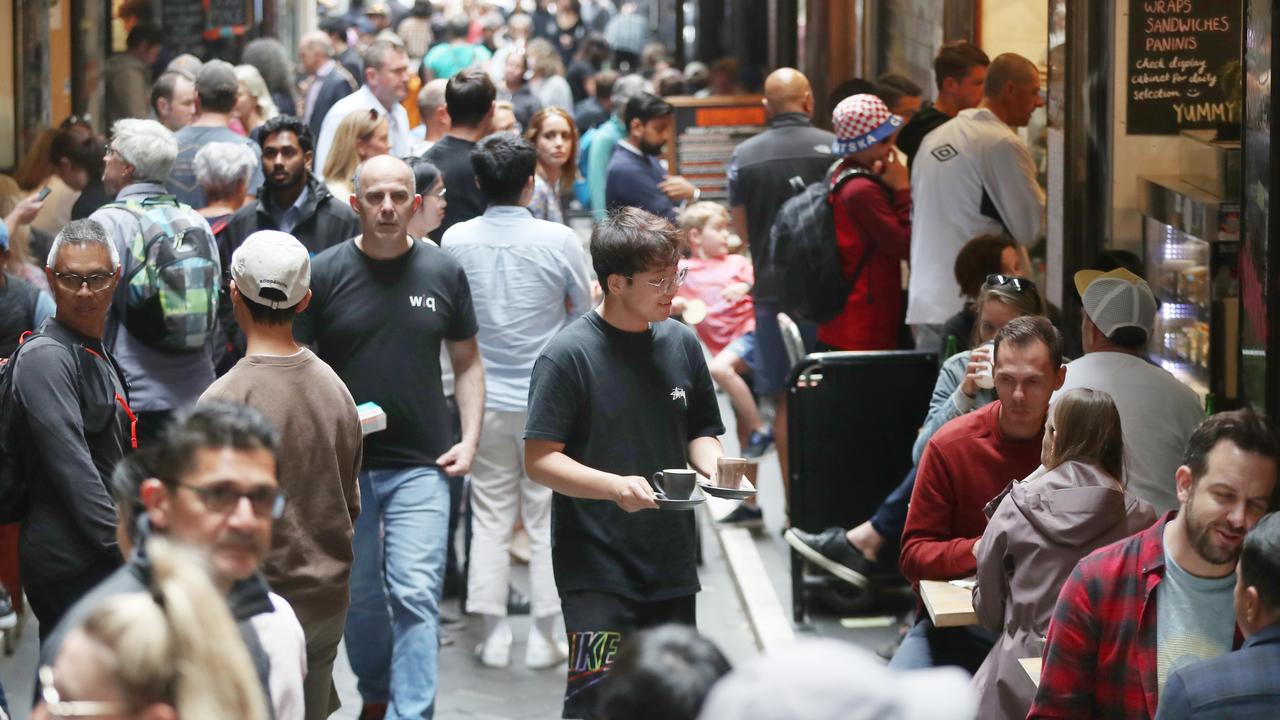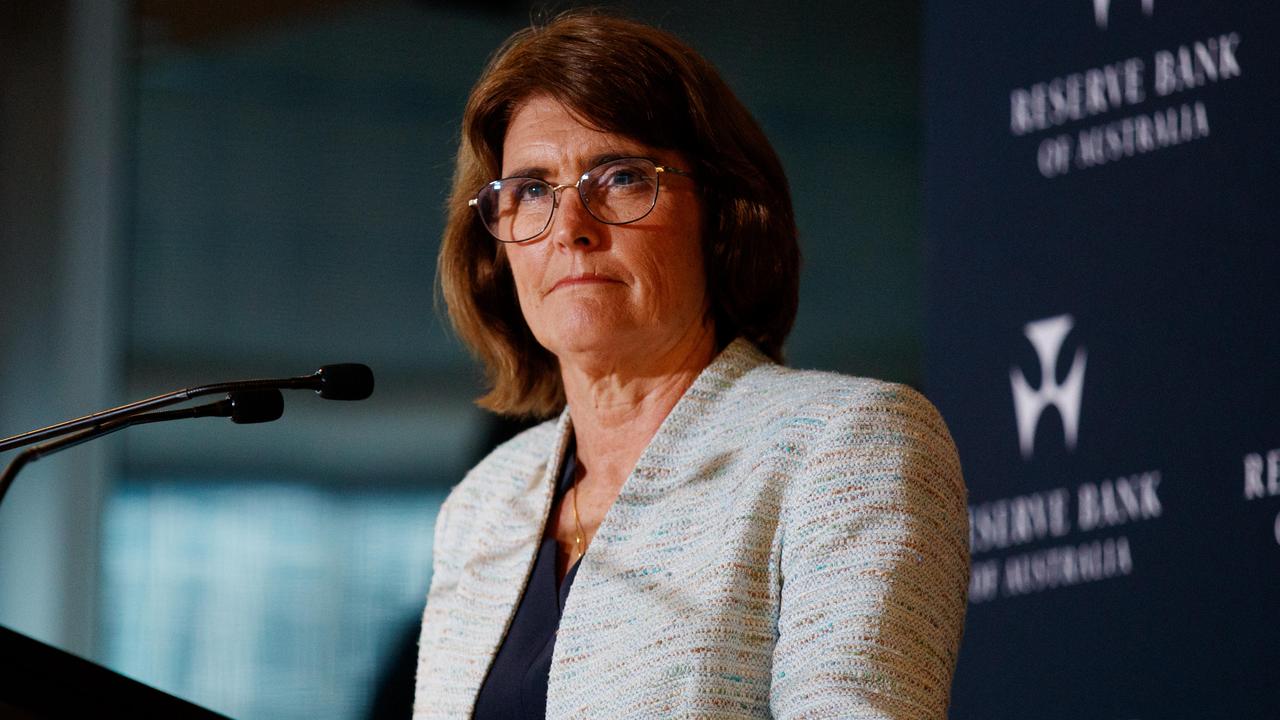Big reason interest rates will be cut – and soon
Rate cuts aren’t forecast until December 2024 but this prediction doesn’t tell the full story of what’s happening in Australia.

Interest Rates
Don't miss out on the headlines from Interest Rates. Followed categories will be added to My News.
ANALYSIS
Global interest rate prognosticators rely on generic models for any given economy.
This means they look at conventional indicators like productivity, inflation, fiscal spending and unemployment to forecast interest rates.
This approach is helpful if you are time-poor. But economies are also very idiosyncratic. So, the use of models paralyses thinking about the peculiarities of individual economies.
Australia is a great example where markets, mostly made of globetrotting money, are today forecasting no rate cuts before December 2024.
The detail matters
These markets are wrong. To some extent, it is because their models are skewiff. They are also wrong because they follow the utterance of the Reserve Bank of Australia, which, perversely, uses the same models.
Both are obsessed with the idea that Aussie interest rates must stay high because productivity is low. This means any rise in wages will be inflationary.
The idea stems from the last great inflationary surge of the 1970s when powerful trade unions gamed Australia’s closed economy, and wage growth surged, dragging up inflation.
But these are different macro settings than today in which we have profits-led inflation, much of which is from offshore and is already in hard reverse.
The wage growth response to that price pop has been feeble in context, not intense, and well short of other developed markets. Topping out at 4 per cent versus 6-7 per cent in the US and Europe.
The reason is simple. Australia has a third lever of macroeconomic management beyond interest rates and fiscal spending that other nations do not: immigration.
In effect, it is a permanent labour supply shock and kills union power, not that they even seem to care these days.
Blind to what’s coming
Thus, worrying about a wage-price cycle in Australia arising from weak productivity is entirely to miss the point.
Mass immigration destroys both.
Productivity is wrecked by capital shallowing. Effectively less technology per person.
Wages growth is wrecked by cheap foreign competition, which registers on private surveys long before lagging ABS data.
The RBA expects unemployment to rise just half 0.4 per cent to 4.3 per cent by the end of 2024.
Judging by the leading indicators that the modellers ignore, 5 per cent is more likely.
The only way to grow
The combined deflationary shocks of mass immigration mean that the only way to grow the economy is for the government to borrow heavily and spend it.
Federal and state governments have been doing this in infrastructure in a vain attempt to keep pace with immigration, but the investment is topping out now.
The alternative is for the larger private sector to borrow heavily and spend it, which it has yet to do.
For rising private sector borrowing to step into the breach of fading public borrowing and grow the economy, households must lead.
The only way to achieve that at scale is to cut interest rates, which is coming much faster than anybody, including the RBA, expects.
David Llewellyn-Smith is Chief Strategist at the MB Fund and MB Super. David is the founding publisher and editor of MacroBusiness and was the founding publisher and global economy editor of The Diplomat, the Asia Pacific’s leading geopolitics and economics portal. He is the co-author of The Great Crash of 2008 with Ross Garnaut and was the editor of the second Garnaut Climate Change Review.
Originally published as Big reason interest rates will be cut – and soon




